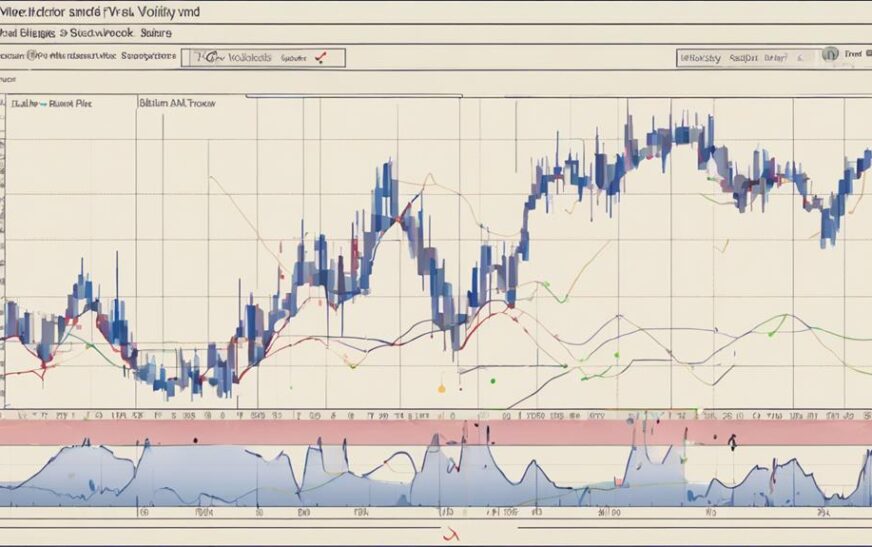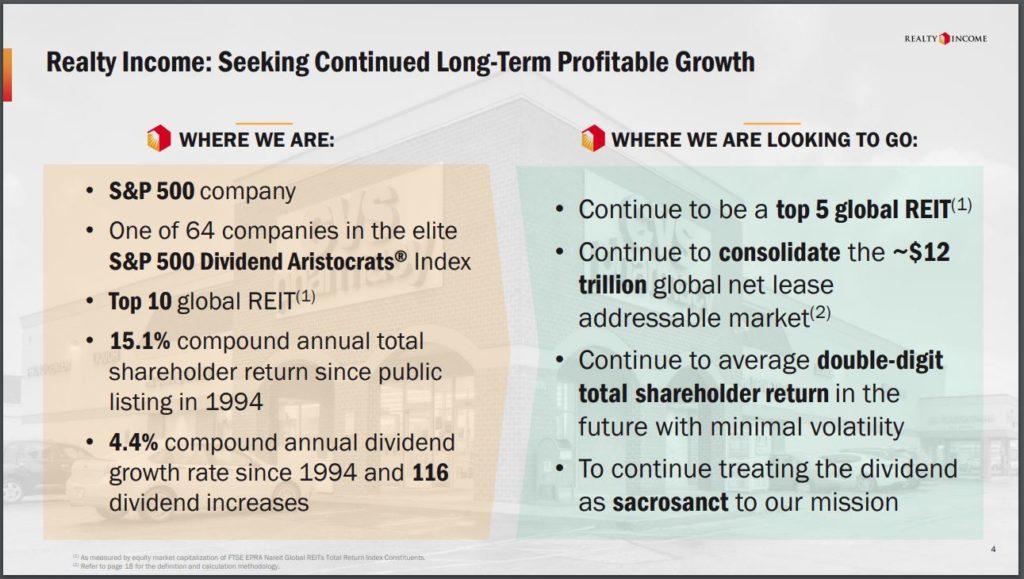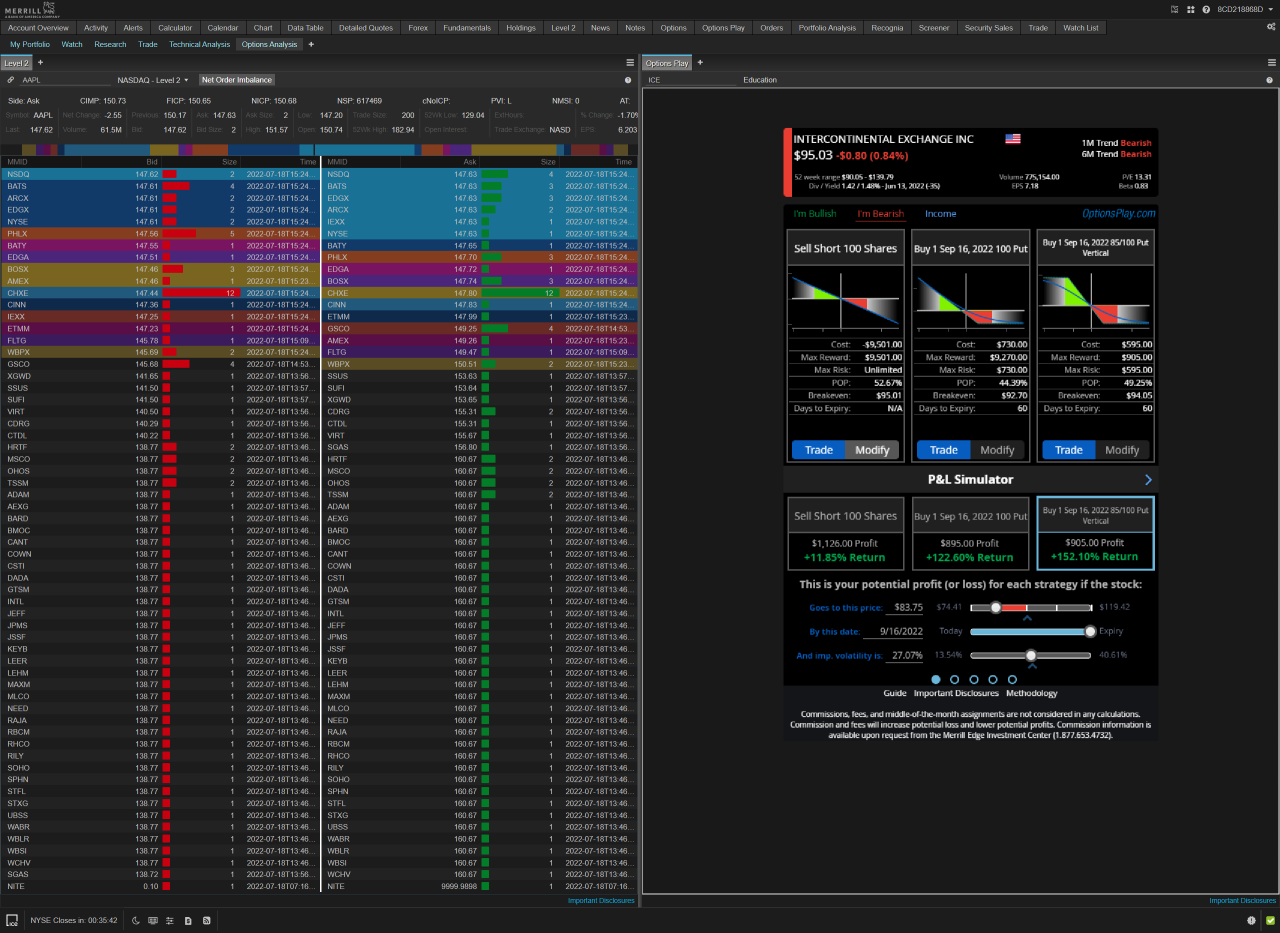Exploring the dynamic world of Real-Time Market Volatility Index & Trading Signals, this introduction sets the stage for a deep dive into these essential aspects of trading.
Moving forward, we will delve into the intricacies of real-time market volatility indices and trading signals to provide a comprehensive understanding of their impact on trading decisions.
Real-Time Market Volatility Index
A real-time market volatility index is a measurement that tracks the level of volatility in a specific financial market at any given time. It provides traders with valuable insights into the level of uncertainty and risk in the market, allowing them to make more informed trading decisions.
Calculation of Real-Time Market Volatility Indices
Real-time market volatility indices are typically calculated using mathematical formulas that take into account the price movements of the underlying assets. One common method is to measure the standard deviation of these price movements over a specific period, such as the past 30 days, to determine the level of volatility.
Popular Real-Time Market Volatility Indices
- The CBOE Volatility Index (VIX): Known as the "fear gauge," the VIX measures the market's expectation of future volatility implied by S&P 500 index options.
- The VIX Short-Term Futures Index (VXST): This index tracks the volatility expectations over the next nine days based on short-term S&P 500 index options.
- The NASDAQ-100 Volatility Index (VXN): Specifically focuses on the volatility of the NASDAQ-100 Index, providing insights into tech-related market volatility.
Significance of Monitoring Real-Time Market Volatility Indices
Traders monitor real-time market volatility indices to gauge the level of risk in the market and adjust their trading strategies accordingly. High volatility may present opportunities for greater profits but also comes with higher risks, while low volatility may indicate a more stable market environment.
Trading Signals
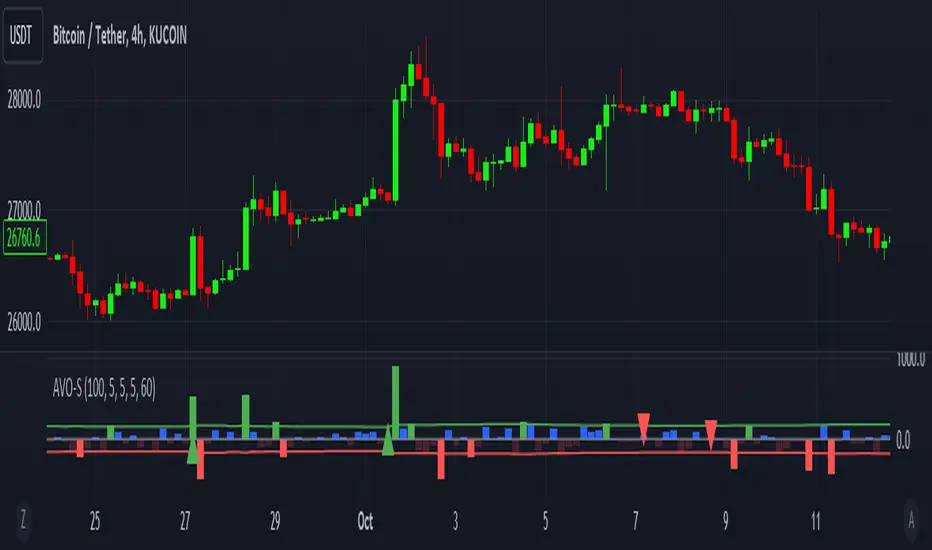
Trading signals are indicators or suggestions that inform traders about potential opportunities in the financial markets. These signals are generated through a combination of technical analysis, fundamental analysis, and market data, helping traders make informed decisions about buying or selling assets.
Types of Trading Signals
There are several types of trading signals commonly used in financial markets, each serving a specific purpose:
- Technical Signals: These signals are generated based on technical analysis of price charts, volume, and other market data. Common technical indicators include moving averages, MACD, and RSI.
- Fundamental Signals: Fundamental signals are derived from economic data, company financials, and news events that can impact asset prices. Examples include earnings reports, economic indicators, and geopolitical events.
- Sentiment Signals: Sentiment signals gauge market sentiment and investor psychology, helping traders understand the overall mood of the market. This can be measured through surveys, social media sentiment, and options market data.
Utilizing Trading Signals
Traders can utilize trading signals in various ways to make informed decisions:
- Entry and Exit Points: Signals can help identify optimal entry and exit points for trades, maximizing potential profits and minimizing losses.
- Risk Management: By using signals to set stop-loss orders and position sizing, traders can effectively manage risk in their trades.
- Confirmation: Trading signals can provide confirmation of a trader's analysis, increasing their confidence in their trading decisions.
Relationship Between Real-Time Market Volatility Index and Trading Signals
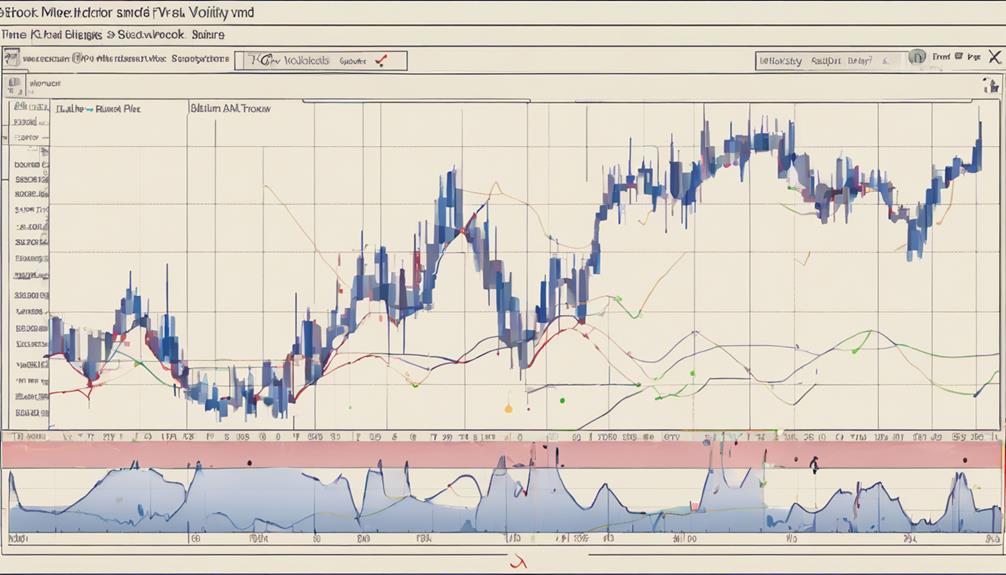
Real-time market volatility indices play a crucial role in influencing the generation of trading signals. Market volatility refers to the degree of variation in the price of a financial instrument over time. Understanding and considering market volatility is essential in interpreting trading signals accurately and making informed trading decisions.
Impact of Market Volatility on Trading Signals
Market volatility directly impacts the generation of trading signals. High volatility can lead to increased price fluctuations, making it challenging to predict market movements accurately. In contrast, low volatility may result in more stable price movements and potentially more reliable trading signals.
Importance of Considering Market Volatility
It is essential for traders to consider market volatility when interpreting trading signals
Examples of Volatility Influence on Trading Signals
For instance, during periods of high market volatility, trading signals may be more frequent but also more prone to false signals. On the other hand, low volatility environments may result in fewer trading signals, but with potentially higher accuracy. Traders need to adapt their trading approach based on the prevailing market conditions.
Utilizing Real-Time Market Volatility Indices
Traders can leverage real-time market volatility indices alongside trading signals for decision-making. By monitoring volatility levels in real-time, traders can assess the current market environment's risk profile and adjust their trading strategies accordingly. This integration of volatility data can enhance the accuracy and effectiveness of trading signals.
Implementing Real-Time Market Volatility Index and Trading Signals
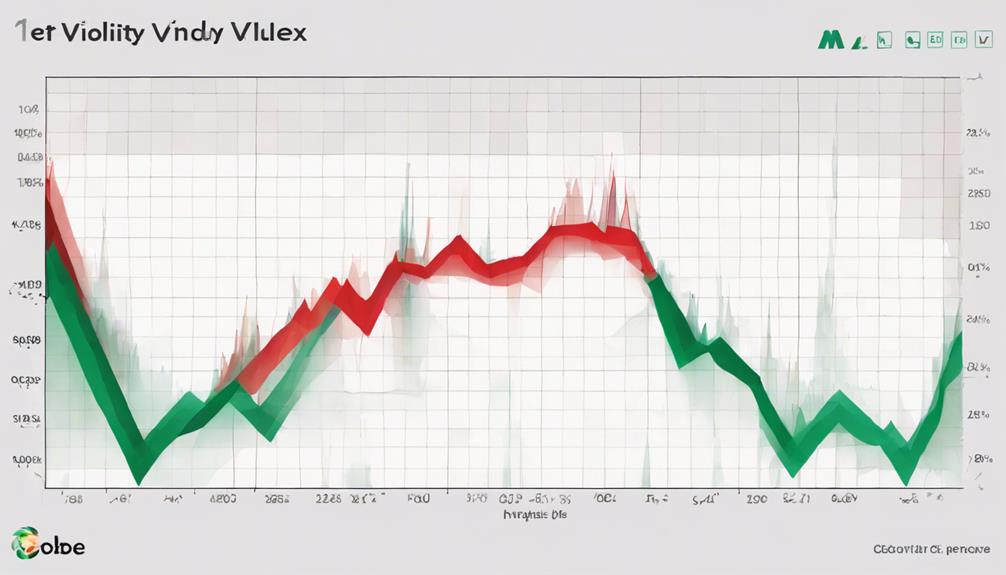
Integrating real-time market volatility indices into trading strategies and incorporating trading signals into trading algorithms are crucial steps for successful trading. Utilizing these tools effectively can provide traders with valuable insights and help them make informed decisions in volatile market conditions.
Integrating Real-Time Market Volatility Indices
- Choose the right volatility index: Select a volatility index that aligns with your trading strategy and risk tolerance.
- Understand market conditions: Monitor real-time market volatility to adapt your trading approach accordingly.
- Implement risk management strategies: Use volatility indices to assess and manage risks in your trading portfolio.
Incorporating Trading Signals
- Identify reliable sources: Choose reputable sources for trading signals to ensure accuracy and relevance.
- Automate trading algorithms: Integrate trading signals into automated algorithms to execute trades efficiently.
- Backtest trading strategies: Test the effectiveness of trading signals in different market scenarios before implementing them live.
Tips for Traders
- Stay informed: Keep abreast of market news and developments to interpret volatility indices and trading signals effectively.
- Diversify your portfolio: Use a combination of trading signals and volatility indices to minimize risks and maximize returns.
- Continuous learning: Regularly evaluate and adjust your trading strategies based on the performance of volatility indices and trading signals.
Successful Implementation Examples
One successful implementation of real-time market volatility indices and trading signals is seen in the case of a hedge fund that used volatility indices to hedge against market fluctuations and trading signals to optimize entry and exit points. This approach helped the fund achieve consistent profits even in volatile market conditions.
Last Recap
In conclusion, Real-Time Market Volatility Index & Trading Signals play a crucial role in guiding traders through the tumultuous waters of financial markets, offering valuable insights for informed decision-making.
FAQs
How are real-time market volatility indices calculated?
Real-time market volatility indices are typically calculated using statistical methods that analyze the fluctuations in asset prices over a specific period.
What is the significance of monitoring real-time market volatility indices for traders?
Monitoring these indices helps traders assess the level of risk in the market and adjust their trading strategies accordingly to capitalize on opportunities or mitigate potential losses.
How do traders utilize trading signals to make informed decisions?
Traders use trading signals to receive alerts about potential market movements or trends, helping them make timely decisions based on the information provided.
What is the relationship between real-time market volatility indices and the generation of trading signals?
Real-time market volatility indices can impact the generation of trading signals by influencing the level of market risk and volatility that traders need to consider.
What are some best practices for incorporating trading signals into trading algorithms?
Best practices include backtesting signals, setting clear entry and exit points, and continuously monitoring the effectiveness of the signals in different market conditions.

